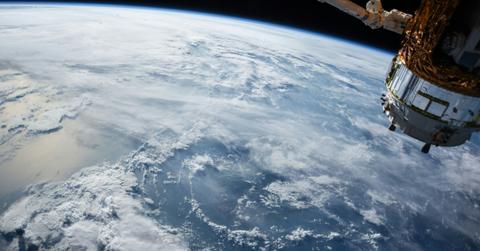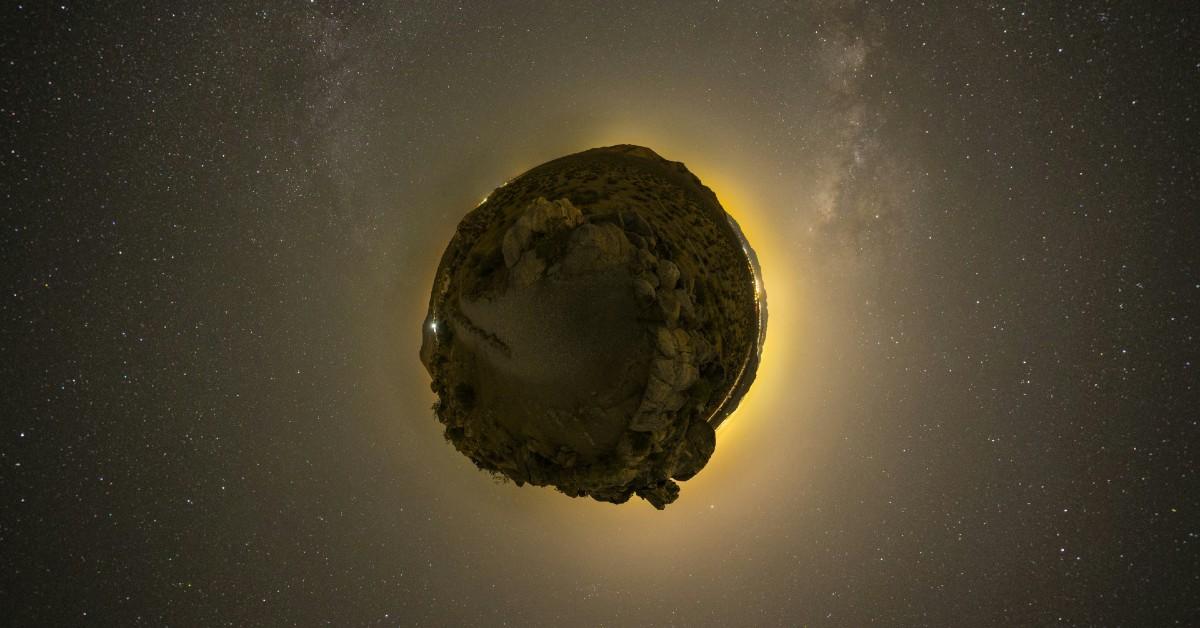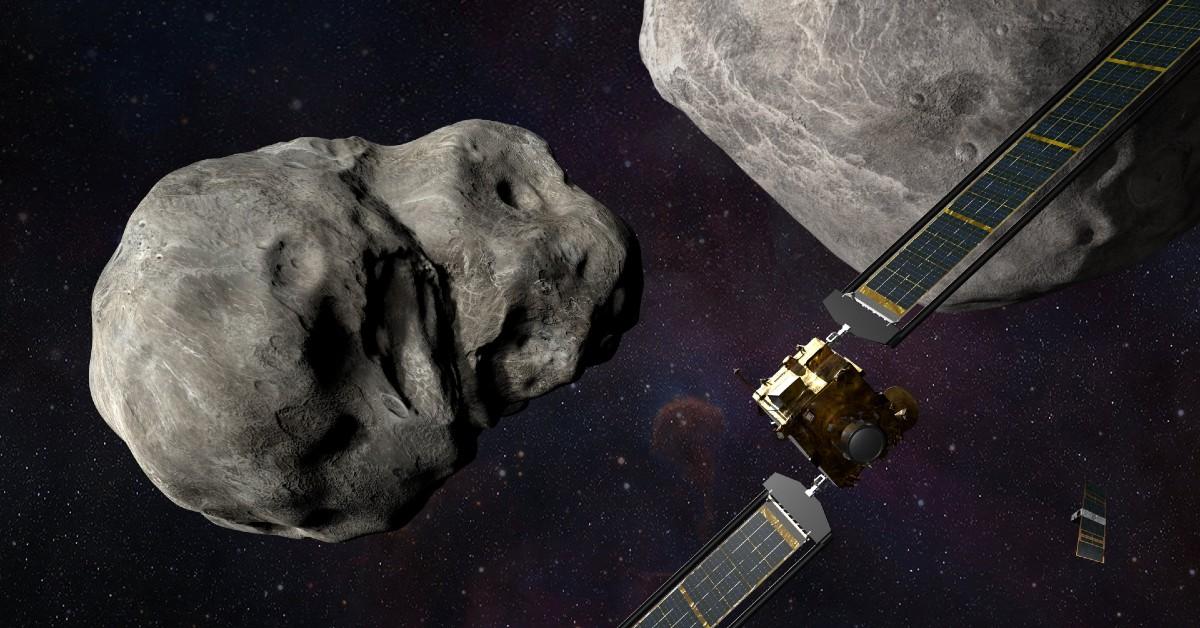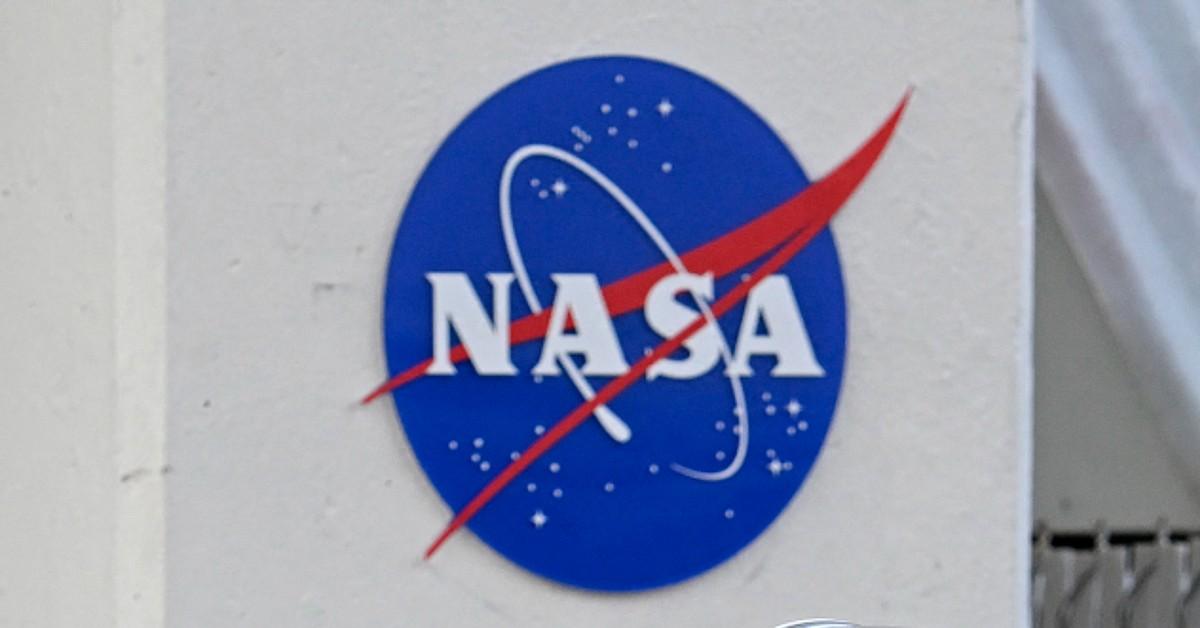NASA Hikes Chances of 'City Killer' Wiping Out 110MILLION Of Us AGAIN — To Same Odds as Winning A COIN TOSS Five Times in a Row

Asteroid YR4 now has a 1-in-32 chance of striking Earth in eight years.
Feb. 19 2025, Published 4:00 p.m. ET
The odds of a massive asteroid striking Earth in 2032 just got a lot higher.
RadarOnline.com can reveal NASA has raised the risk level for asteroid YR4 to an estimated 1-in-32, or 3.1% chance of collision with the planet after gaining new insights into its trajectory – making it the highest threat recorded in history.

Telescopes worldwide are now tracking the rock, providing more accurate data to predict its path.
Astronomers first spotted the asteroid heading toward Earth in December, quickly placing it at the top of the current risk list.
Although physicists initially predicted the chances of a collision would decrease with further study, the likelihood has only increased.
The odds are now roughly the same as if someone were to win a coin toss five times in a row.
Now that telescopes worldwide are focusing on the fast-moving rock, more accurate data has been recorded to help predict its trajectory.
Early estimates suggested a 1-in-83 chance, but the odds have since worsened to 1-in-67, 1-in-53, 1-in-43, 1-in-38, and now stand at 1-in-32.
Hugh Lewis, of the University of Southampton, said: "Just because it’s gone up in the last week, doesn’t mean that it’s going to continue to do that."

The asteroid will fly by Earth in four years, but at a safe distance, providing scientists with another chance to observe it.
Unfortunately, astronomers' window to study the asteroid is shrinking – as it is expected to move behind the sun in just two months.
Lewis added: "Any observations we can make between now and when it’s out of view will obviously help us to refine the orbit and to make better predictions.
"That doesn’t necessarily mean that it will go down before April. It could continue to go up, but still ultimately miss us."
The asteroid will pass near Earth in four years, but not close enough to cause concern – giving scientists another opportunity to study it.
It will make another pass in about eight years, potentially colliding with the planet on December 22, 2032.
Researchers are also reviewing past space data to learn more about YR4, with global space agencies already conducting this work.
The James Webb Space Telescope, launched in 2021, is also expected to gather crucial data on the asteroid as it orbits the sun.

A memo revealed in the documents requested a data sharing arrangement with NASA.
Lewis noted: "(The James Webb observations) will help us determine what we need to do about it, because if it’s a stony asteroid, that’s very different from a high proportion of iron-metal asteroid.
"The mass makes a huge difference in terms of the energy and whether or not the atmosphere has an effect on it."
If the asteroid is metal-rich, it’s less likely to break apart upon entering the atmosphere.
Measuring between 40 and 90 meters wide, a collision could release energy equivalent to nearly eight billion kilograms of TNT – creating a 1.2-mile-wide crater.
The impact alone would be powerful enough to destroy an entire city, with potential impact zones currently spanning several densely populated areas such as Bogotá, Mumbai, and Lagos.

Earlier this week, new detailed images of the asteroid were revealed – showing it in the clearest detail to date.
Captured on February 7 by the Gemini South Telescope in Chile, the latest images reveal 2024 YR4 as a bright blur in space, taken when the asteroid was 37 million miles away.
NASA astronomer Bryce Bolin, who helped capture the shots, said only a handful of asteroids "have been studied like this."
He explained how in order to take the pics, the team "took 12 200-second long exposures in the Red band (a specific range of wavelengths that correspond to visible red light or slightly beyond into the near-infrared spectrum) and tracked the motion of the asteroid."
Bolin also said observing the asteroid was challenging due to its faintness, and the 70% illumination of the moon – which created a backlighting effect – also made it more difficult to see.



